JAFFNA
Jaffna is the capital of Northern Province of Sri Lanka. It is the Jaffna District administrative headquarters situated on a peninsula of the same name. Jaffna is the 12th most populous town in Sri Lanka with a population of 88,138 in 2012. Jaffna is about six miles (9.7 kilometers) from Kandarodai, which was used as an emporium from the classical antiquity in the Jaffna peninsula. Jaffna’s Nallur suburb served as the capital of the medieval Jaffna Kingdom, which lasted four centuries.
It was the second most populous town in Sri Lanka after Colombo before the Sri Lankan Civil War. The insurgent rebellion of the 1980s resulted in comprehensive harm, part of the population being expelled, and military occupation. Refugees and internally displaced people have begun to return to their homes since the end of the civil war in 2009, while reconstruction of the government and the private sector has begun. Jaffna has been a disputed town historically. During the Portuguese occupation of the Jaffna peninsula in 1619, it was transformed into a colonial port town that lost it to the Dutch, only to lose it to the British in 1796. The Liberation Tigers of Tamil Eelam (LTTE) occupied Jaffna in 1986 during the civil war. The city was briefly occupied by the Indian Peace Keeping Force (IPKF) in 1987. From 1989 to 1995, when the Sri Lankan Army regained control, the LTTE again occupied the town.
ATTRACTIONS IN JAFFNA
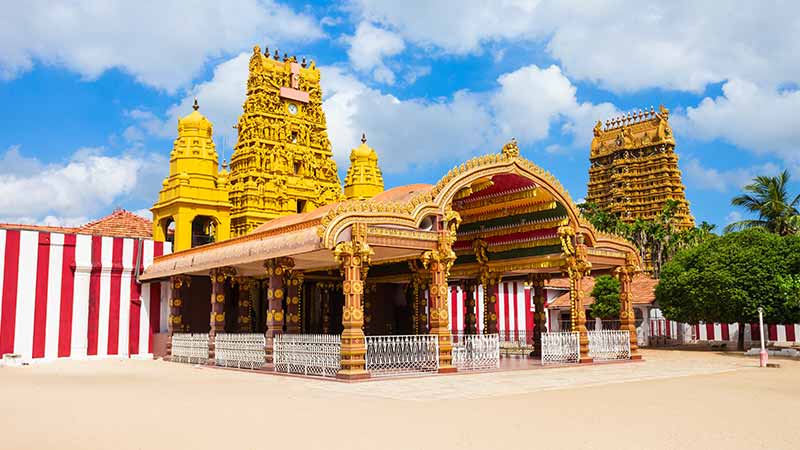
NALLUR KANDASWAMY KOVIL
Nallur Kandaswamy Kovil is an important Hindu temple, situated in Nallur, Northern Province, Sri Lanka. The leading deity is Lord Murugan or Katharagama Deviyo in the form of the holy’ Vel’ in the Sanctum, the primary shrine, and in other forms such as Shanmugar, Muthukumaraswami, Valli Kaanthar with Valli and Deivayanai consorts, and Thendayuthapani, without consorts in the temple’s secondary shrines.
The original Kandaswamy Temple was founded in 948 AD. Buwaneka Bahu, a minister to the King of Kotte, developed the temple at the site in the 13th century, according to the Yalpana Vaipava Malai.
The construction of the third Nallur Kandaswamy temple is attributed to Sapumal Kumaraya (also known as Chempaha Perumal in Tamil), who ruled the Jaffna kingdom on behalf of the Kotte kingdom. Nallur was the capital of the kings of Jaffna, with the royal palace very close to the temple. Nallur has been constructed with four gate entrances. There were two main roadways and four temples at the four gateways.
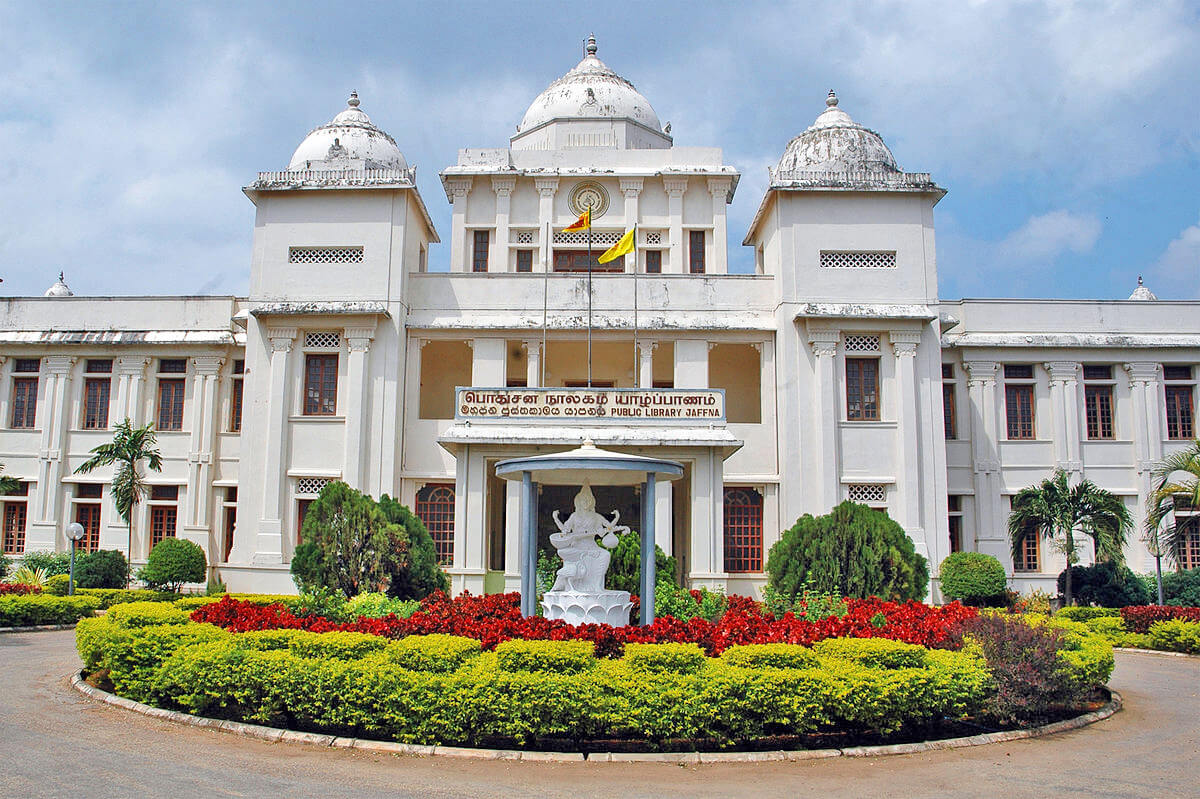
JAFFNA PUBLIC LIBRARY
The Jaffna Library was first constructed in 1933 and has been a sign of northern culture for a long time. The library, underlined by its now restored classical architecture, also suffered a terrible burning in 1981–a time when it housed nearly 100,000 books and manuscripts, making it one of Asia’s biggest libraries.
The Jaffna Library retained ancient literature and records from distinguished academics and other experts and served as a cherished depository for data about the northern peninsula's history and culture. Today, although filled with a collection nowhere near its original, the Library still commands the timeless dignity it upholds for the people of Jaffna and beyond.
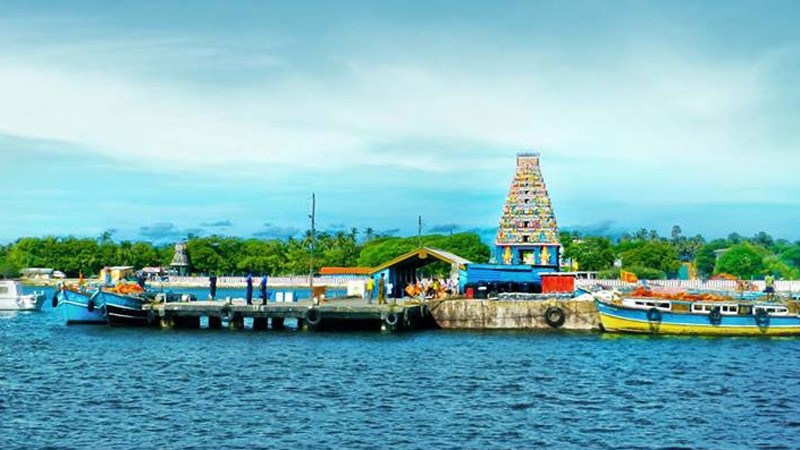
NAINATIVU NAGAPOOSHANI AMMAN TEMPLE
Nainativu Nagapooshani Amman Temple is an ancient and historic Hindu temple on the island of Nainativu, Sri Lanka, surrounded by the Palk Strait. It is devoted to Parvati, known as Nagapooshani or Bhuvaneswari, and her consort, Shiva, called Nayinaar here. The fame of the temple is accredited to Adi Shankaracharya, a Hindu philosopher of the 9th century, for defining it in Shakti Peetha Stotram as one of the prominent 64 Shakti Peethams and its mention in Brahmanda Purana.
The temple complex houses four gopurams (gateway towers) varying from 20-25 feet in height to the east Raja Raja Gopuram at 108 feet high. The temple is an important symbol for the Tamil people and has been cited in Tamil literature like Manimekalai and Kundalakesi since ancient times. The current structure was constructed between 1720 and 1790 after the Portuguese in 1620 demolished the old structure. The temple draws around 1000 tourists a day during festivals and around 5000 visitors. More than 100,000 pilgrims attract the annual 16-day Mahostavam (Thiruvizha) festival celebrated during Aani Tamil month (June / July). There is an estimated 10,000 sculptures in this newly renovated temple.
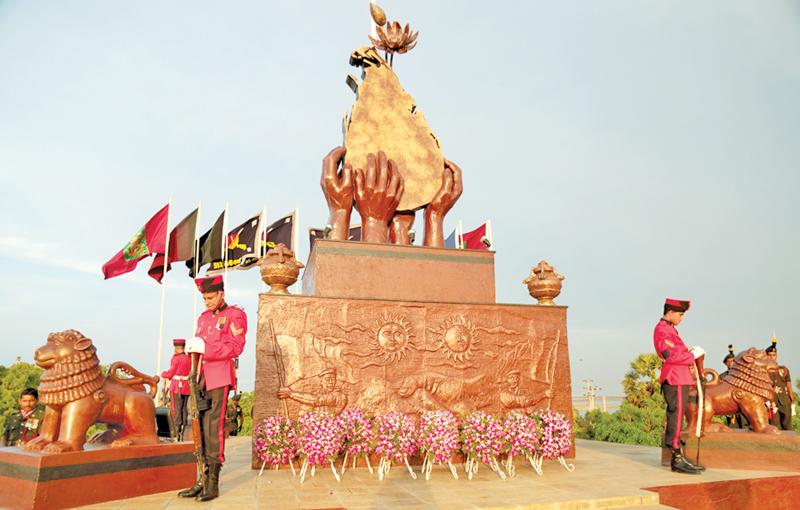
ELEPHANT PASS
Elephant Pass, Northern Province, Sri Lanka is situated in the gateway of Jaffna Peninsula. There are about 340km north from capital of Colombo. It has a significant military base and used to be the island’s largest salt field. It has regularly been the site of battles during the civil war.
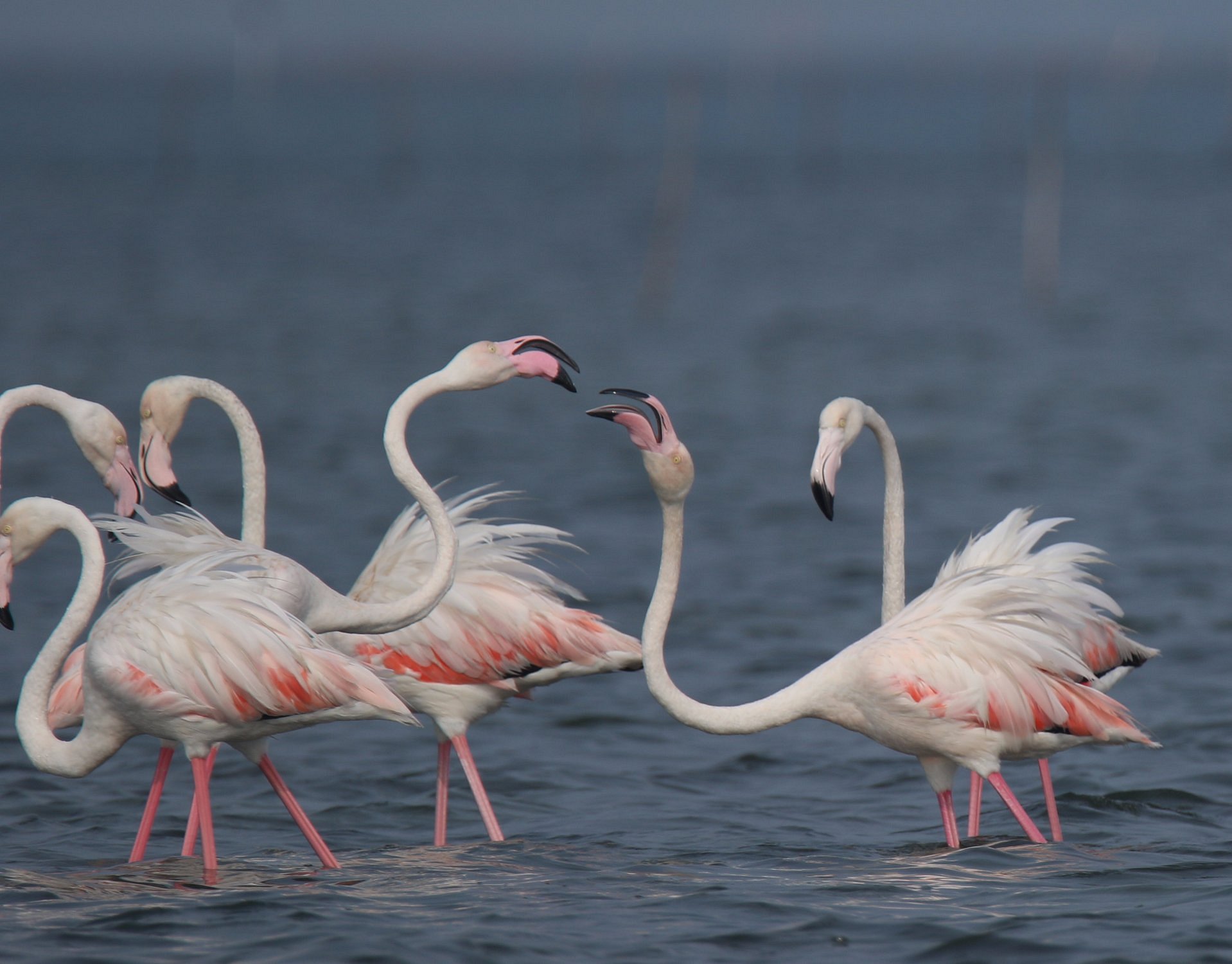
KAYTS CAUSEWAY
A string of tiny islands extends west of Jaffna, pointing towards India, mostly connected to the continent by roads built up from the shallow water.
